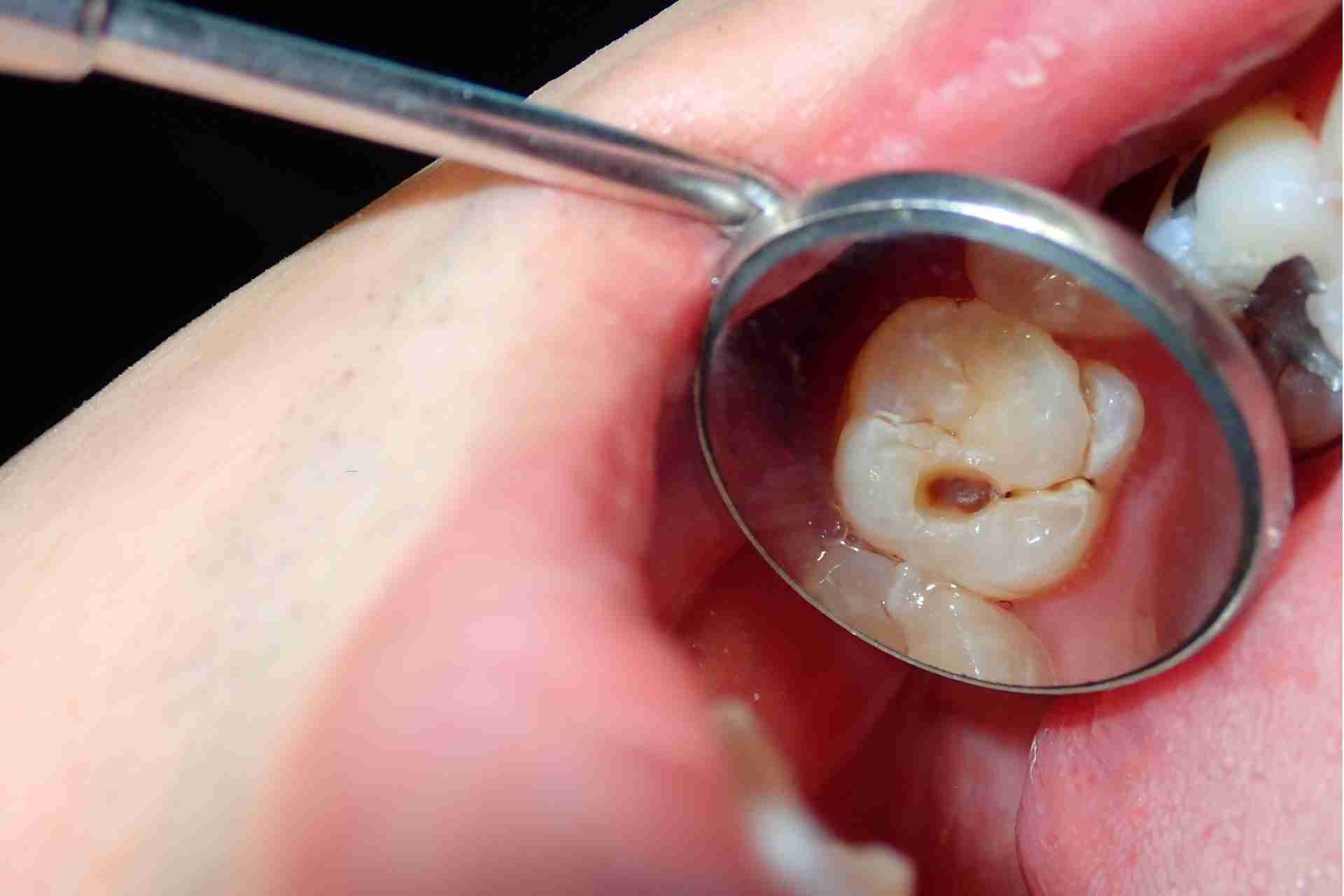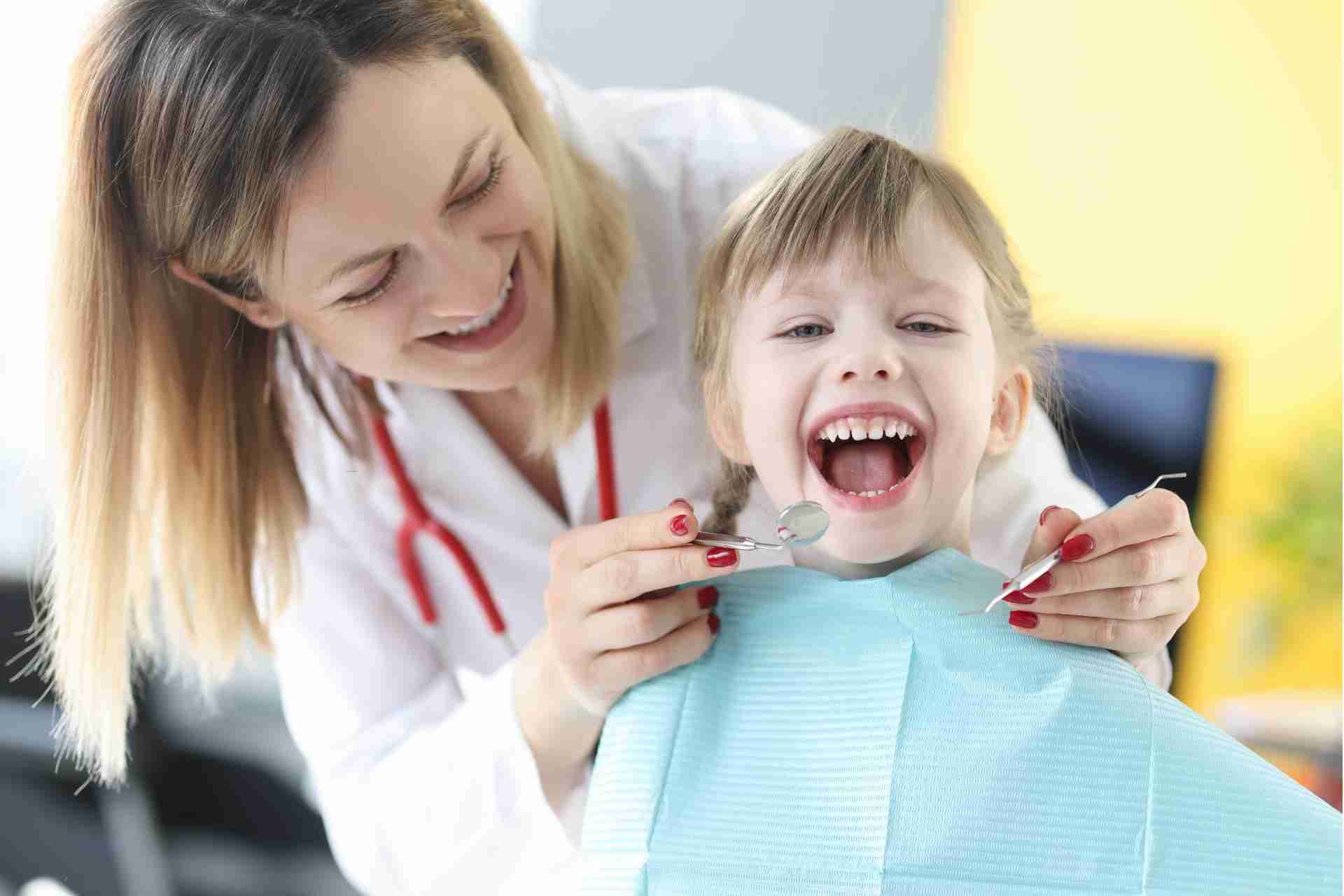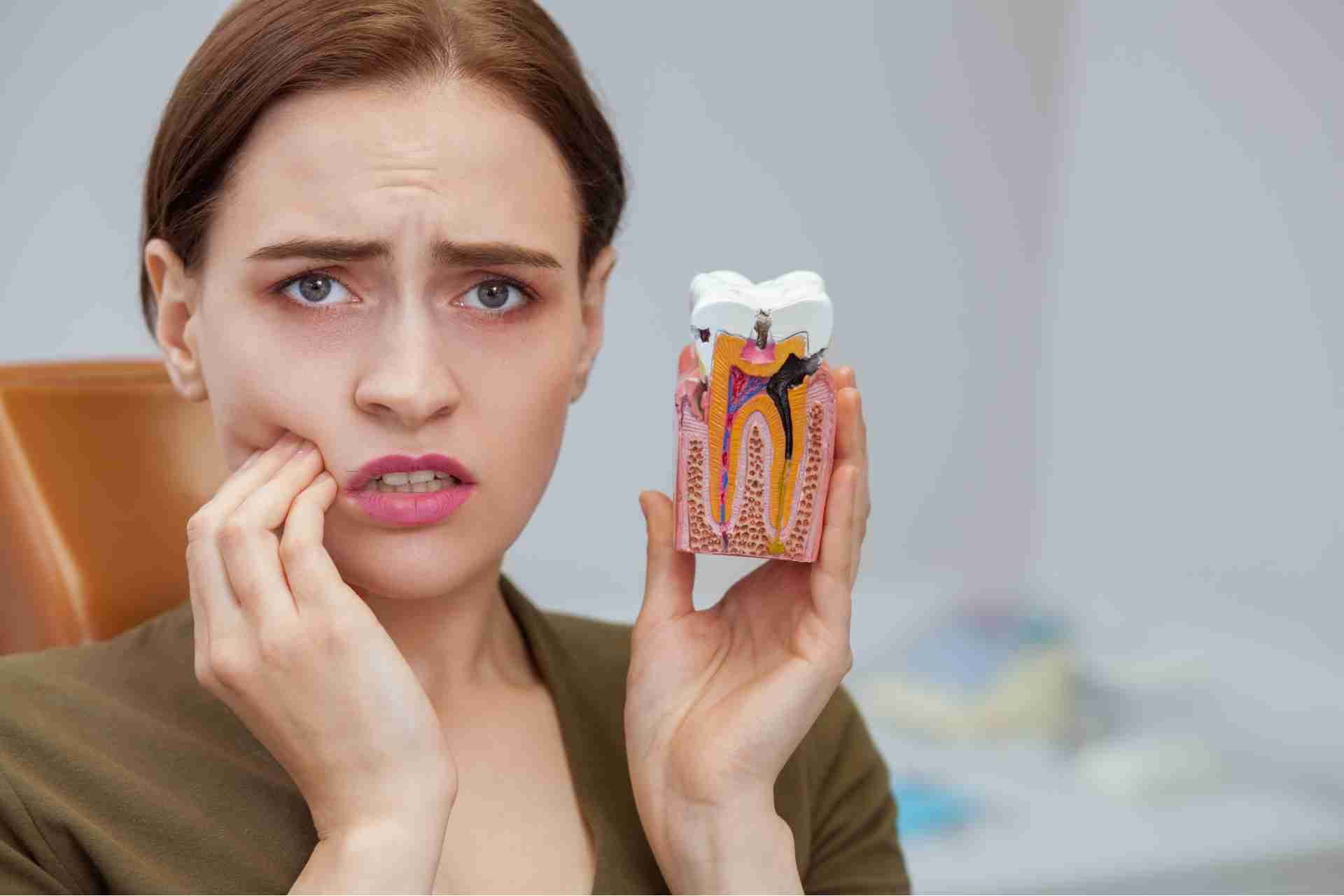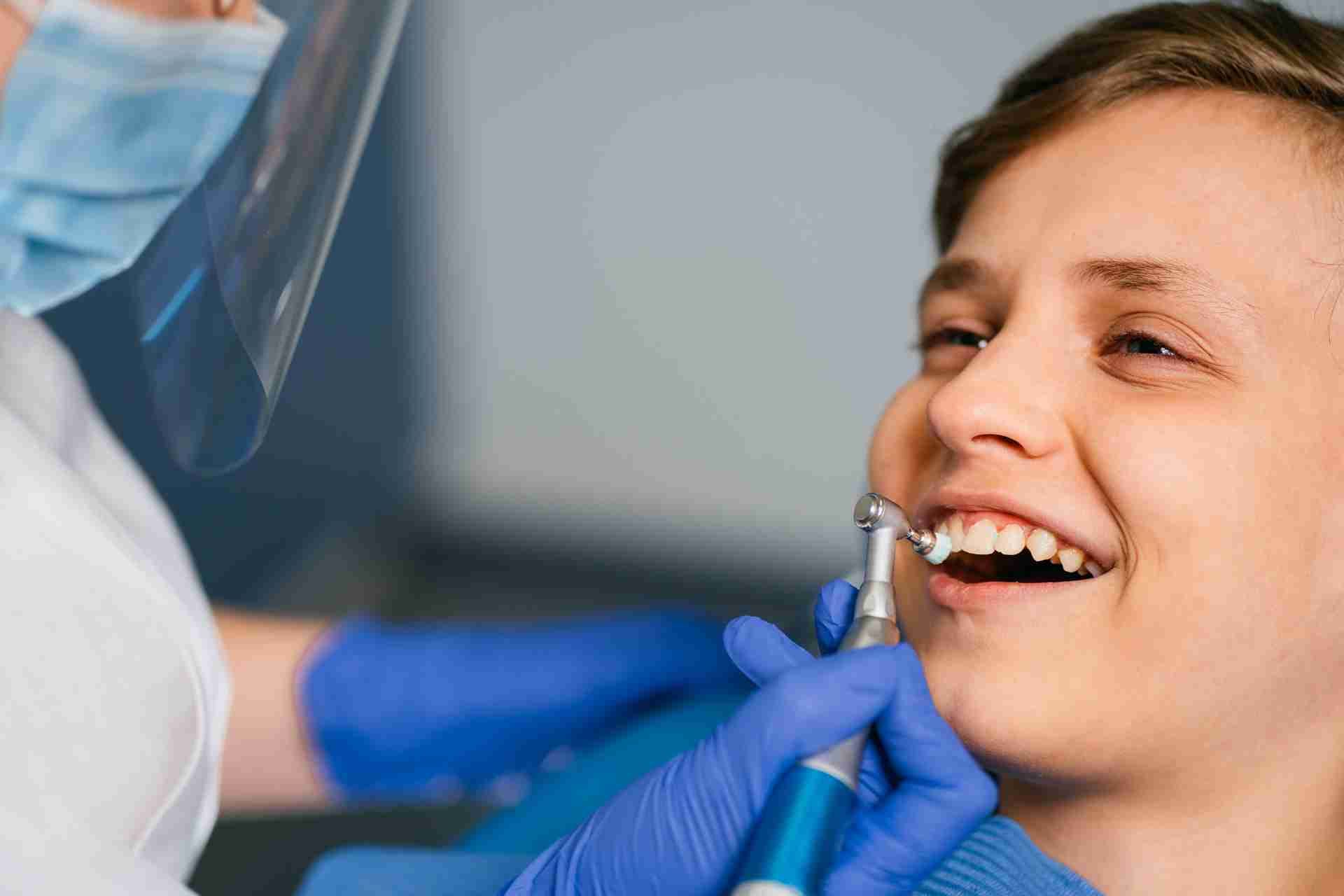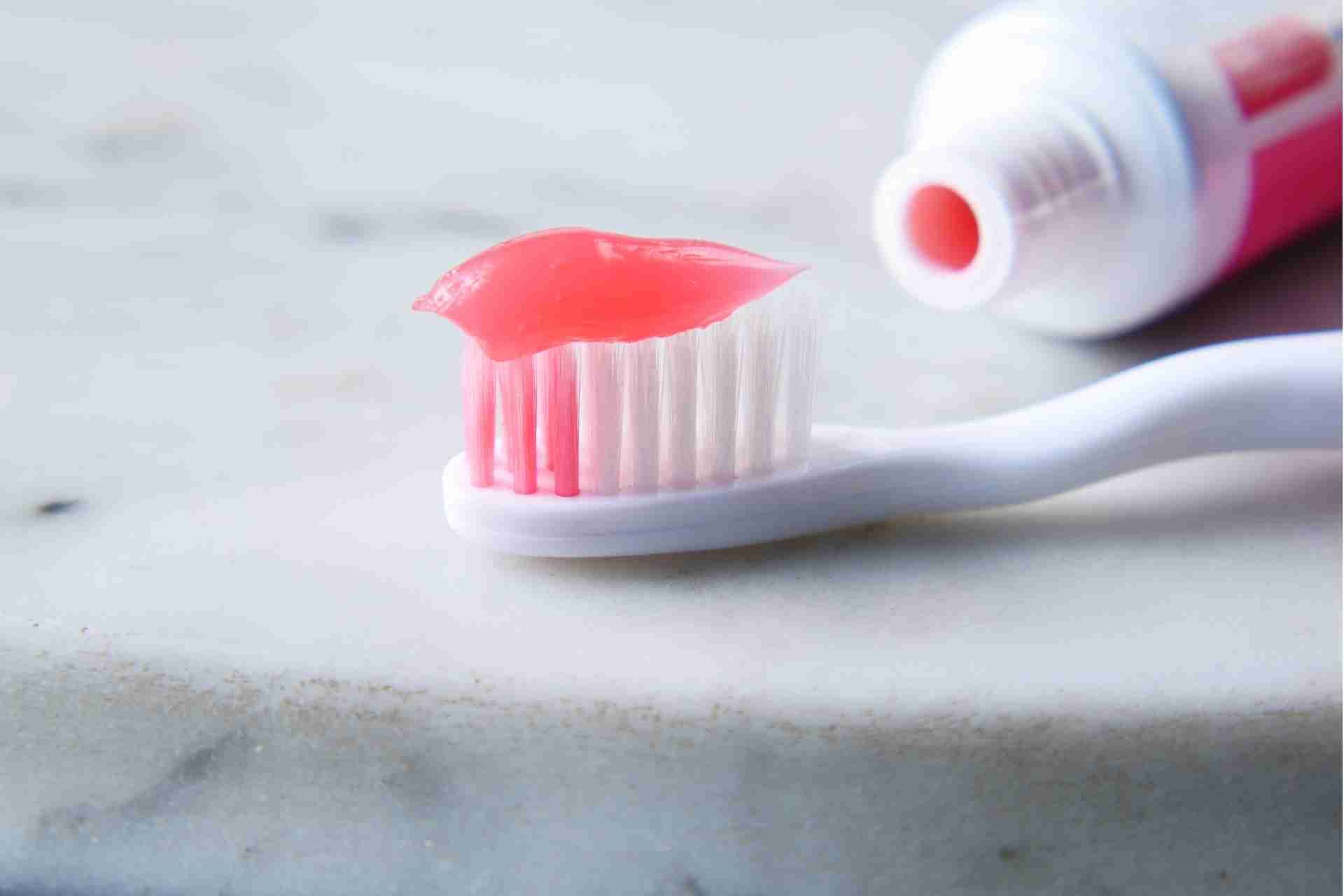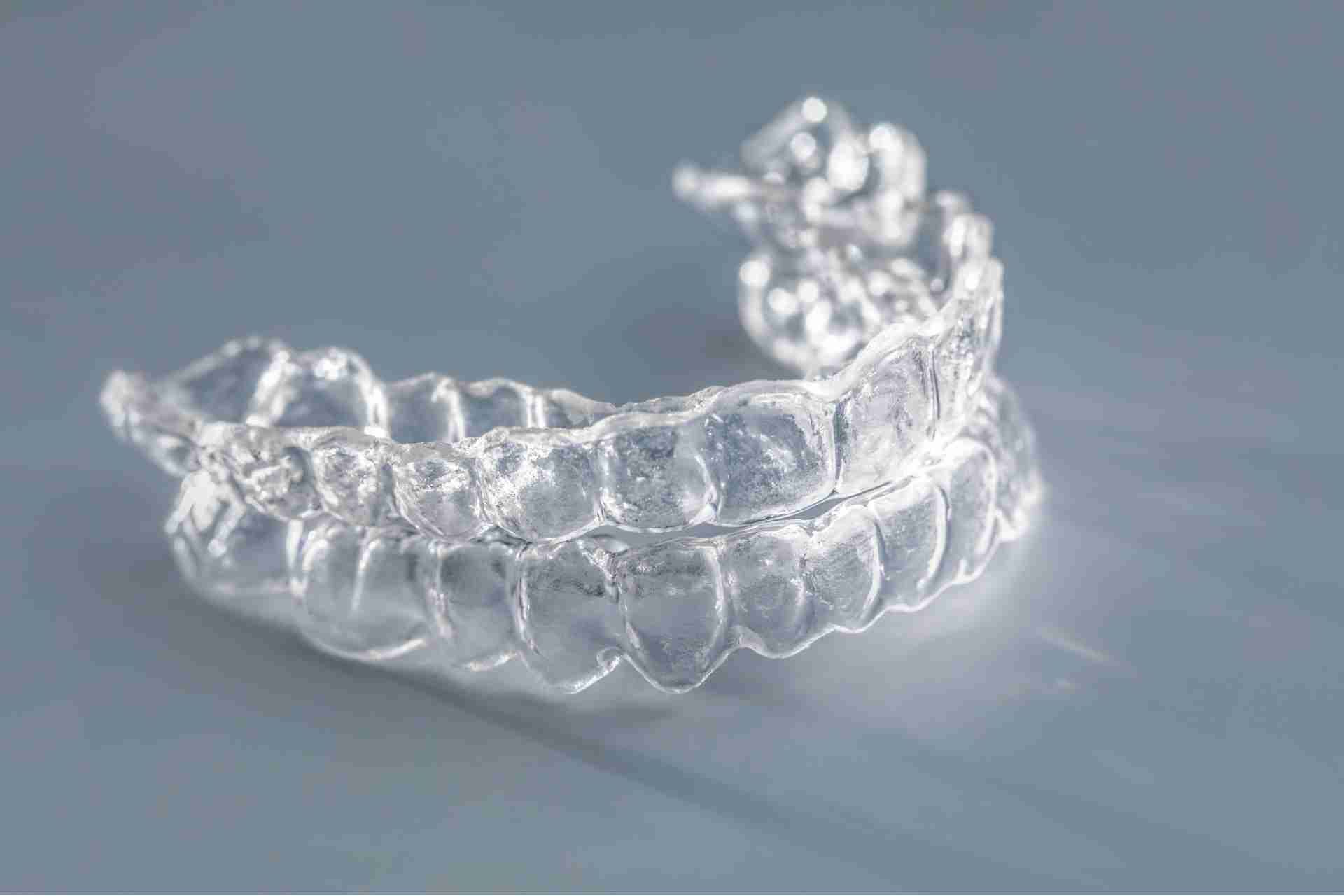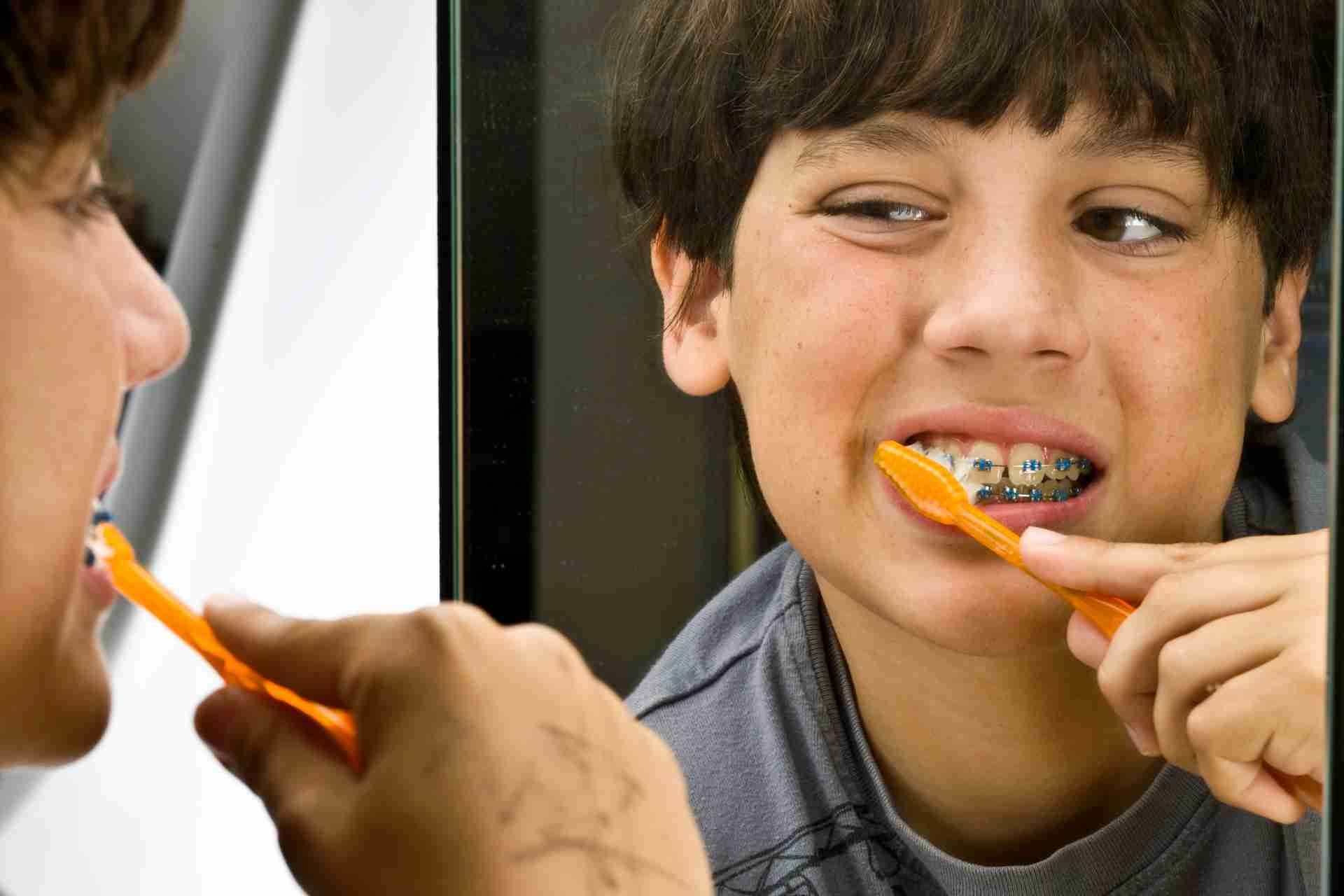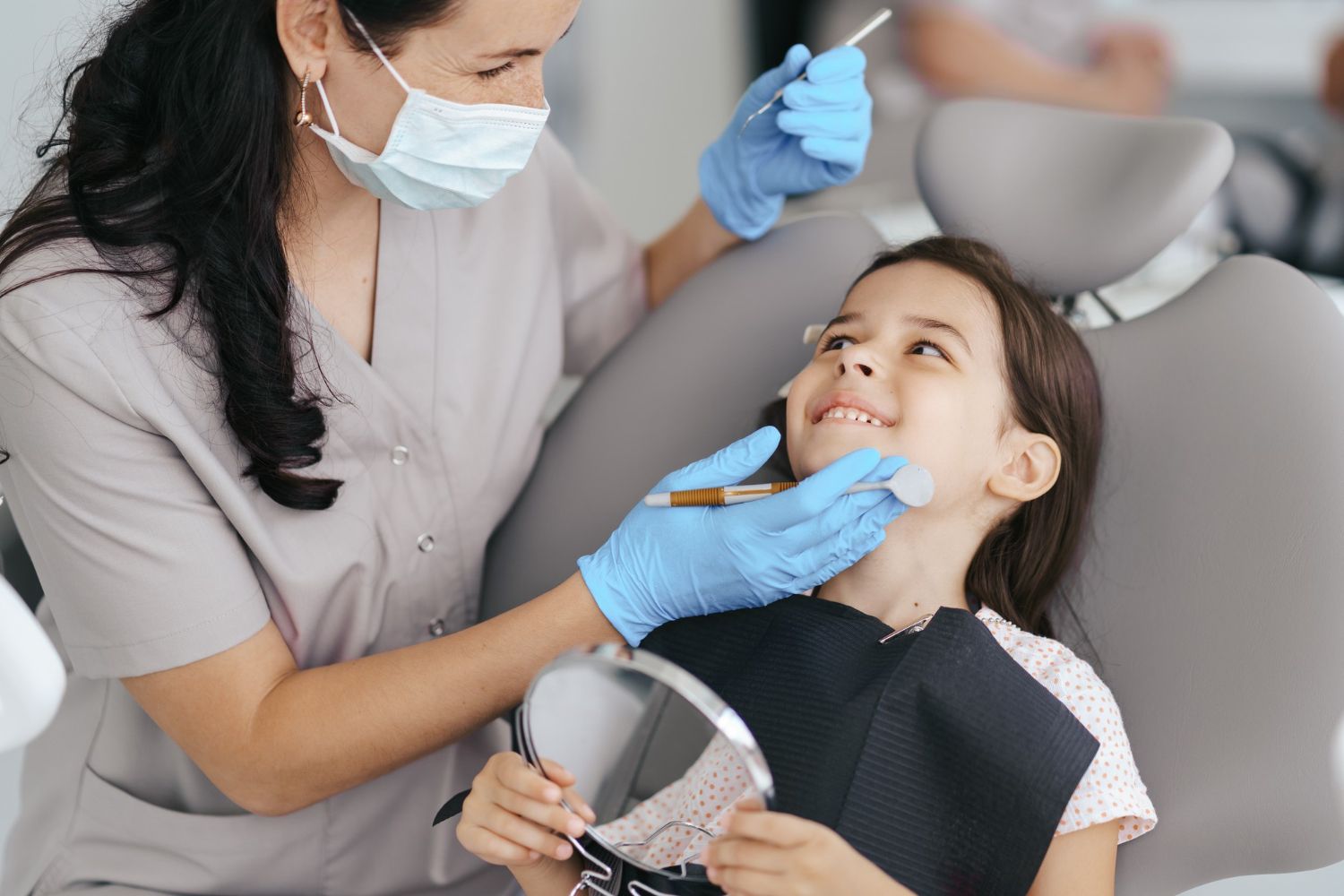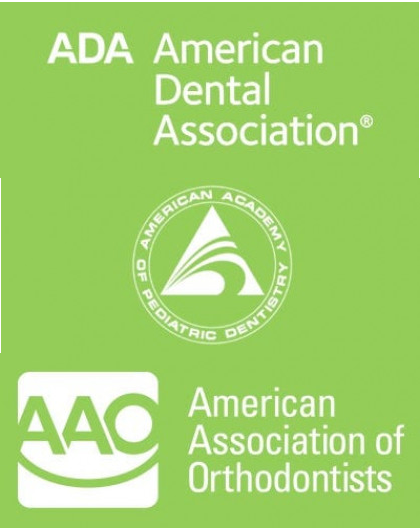Braces vs Invisalign: Which Is Right for Your Teen?

When it comes to orthodontic options for your teen, choosing between braces and Invisalign can be challenging. Each method has its own set of benefits and drawbacks that can impact your teen's experience. From aesthetics to comfort and treatment duration, you'll want to weigh these factors carefully. So, which option aligns best with your teen's needs and lifestyle? Let's explore the details to help you make an informed choice.
Understanding Braces: How They Work
Braces work by applying consistent pressure to your teeth over time, gradually shifting them into the desired position. They consist of brackets attached to your teeth and wires that connect these brackets.
As the wire is tightened, it exerts pressure on the brackets, which in turn moves your teeth. You'll need to visit your orthodontist regularly for adjustments, allowing for further progress.
Braces can correct various dental issues like overcrowding, gaps, and bite misalignments.
While wearing them, you’ll need to be mindful of your diet, avoiding hard or sticky foods that can damage the braces.
Despite any initial discomfort, the end result is a straighter, healthier smile that can boost your confidence and improve your oral health.
The Invisalign System: An Overview
If you're considering teeth straightening options, you might want to explore the Invisalign system. This innovative treatment uses a series of clear, removable aligners to gradually shift your teeth into the desired position. Each aligner is custom-made for your teen's mouth, ensuring a comfortable fit.
You'll wear each set for about two weeks before switching to the next one, allowing for controlled adjustments over time. One of the key benefits of Invisalign is its flexibility; your teen can remove the aligners for eating, brushing, and flossing, making oral hygiene easier.
Plus, fewer visits to the orthodontist are often required compared to traditional braces. Overall, Invisalign offers a convenient and effective way to achieve a straighter smile.
Aesthetic Considerations: Discretion vs. Visibility
When it comes to choosing between braces and Invisalign, aesthetic considerations play a significant role, especially for teens who value their appearance.
You'll likely want something that fits seamlessly into your lifestyle and doesn’t draw too much attention. Traditional metal braces can be quite visible, which might make you feel self-conscious during those crucial years of social development.
On the other hand, Invisalign offers a more discreet option; the clear aligners are nearly invisible, allowing you to smile confidently without worrying about noticeable hardware.
This discretion can make a big difference in your daily interactions. Ultimately, it’s about finding what makes you feel comfortable and confident during your orthodontic journey.
Treatment Duration: How Long Will It Take?
Choosing the right orthodontic treatment isn't just about aesthetics; it also involves understanding how long you'll need to wear your chosen option.
With traditional braces, you can expect treatment to take anywhere from 18 months to 3 years, depending on the severity of your teen's orthodontic issues. On the other hand, Invisalign typically ranges from 12 to 18 months, again influenced by individual factors.
Keep in mind that compliance is crucial with Invisalign; your teen needs to wear the aligners for at least 22 hours a day for effective results.
Both options require regular check-ups, but the overall duration can differ significantly. Ultimately, discussing your teen’s specific needs with an orthodontist will help you determine the best timeframe for their treatment.
Comfort and Maintenance: Which Is Easier?
How comfortable is your teen likely to feel during their orthodontic treatment? With braces, they may experience some soreness after adjustments, as the brackets and wires can irritate the cheeks and gums. However, this discomfort often fades quickly.
On the other hand, Invisalign aligners are generally more comfortable since they’re made of smooth plastic and don’t have any metal components.
In terms of maintenance, Invisalign is easier. Your teen can remove the aligners for brushing and flossing, ensuring better oral hygiene.
Braces require more effort to clean around brackets and wires. While both options need regular check-ups, Invisalign’s removability makes it simpler for your teen to maintain a clean and healthy mouth throughout their treatment.
Dietary Restrictions: What Can Your Teen Eat?
Since dietary choices can significantly impact orthodontic treatment, it’s important to know what your teen can eat with both braces and Invisalign.
With braces, your teen should avoid hard, sticky, or chewy foods like popcorn, gum, and taffy, as these can damage the brackets or wires. Instead, encourage softer foods like yogurt, mashed potatoes, and smoothies during treatment.
In contrast, Invisalign offers more flexibility. Since your teen can remove the aligners when eating, they can enjoy a wider range of foods.
However, it’s crucial to remind them to brush their teeth before putting the aligners back in to maintain oral hygiene.
Cost Comparison: Budgeting for Orthodontic Treatment
Orthodontic treatment can be a significant investment, with costs ranging from $3,000 to $8,000 depending on the type of braces or Invisalign you choose.
Traditional metal braces are usually more affordable, while clear aligners like Invisalign often come at a premium due to their advanced technology and aesthetic appeal.
It’s essential to check with your dental insurance, as many plans cover part of the expenses.
Additionally, some orthodontists offer payment plans that can ease the financial burden.
Don’t forget to factor in potential costs for follow-up visits or retainers after treatment.
Evaluating your budget carefully will help you decide which option fits both your teen’s needs and your wallet.
Planning ahead ensures a smoother orthodontic journey.
Making the Decision: Factors to Consider for Your Teen
When deciding between braces and Invisalign for your teen, several important factors come into play.
First, consider your teen's responsibility level. Invisalign requires commitment to wear aligners for 20-22 hours daily, while braces are fixed and can't be removed.
Think about your teen's lifestyle, too—active teens might prefer braces, as they’re less likely to misplace them.
Additionally, take into account treatment duration; Invisalign often offers quicker results for mild to moderate issues.
You’ll also want to factor in aesthetics; many teens prefer the discreet look of clear aligners.
Lastly, consult with your orthodontist about the specific dental issues your teen faces, as some conditions may be better suited for one option over the other.
Conclusion
Ultimately, the choice between braces and Invisalign for your teen comes down to their specific needs and lifestyle. Think about their aesthetic preferences, commitment to treatment, and comfort level. Braces might be better for complex issues, while Invisalign offers a discreet and flexible option. By weighing the factors we've discussed, you can make an informed decision that supports your teen’s orthodontic journey and sets them up for a confident smile.


